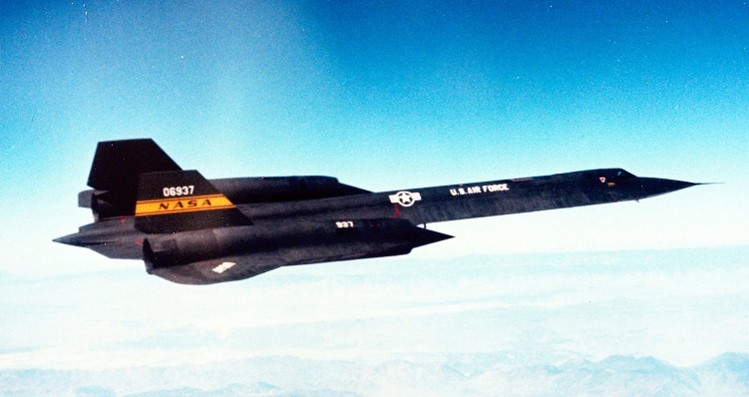Supersonic flight was achieved in October 1947 when the Bell X-1 rocket plane broke the sound barrier. NASA’s Lewis Research Center in Cleveland (now NASA Glenn) played a key role in advancing the technology required for longer supersonic flights, building on its expertise as the agency’s aeropropulsion leader since the 1940s.
Following the Bell X-1, a number of military aircraft capable of supersonic speeds were developed. Lockheed’s Blackbird family, including the A-12, the YF-12 interceptor, and the SR-71 reconnaissance vehicle, were the first aircraft capable of sustained supersonic cruising in the 1960s. However, expanding this capability to larger transport aircraft proved challenging due to limited data on propulsion systems during extended supersonic flights.
In 1969, as part of a collaborative effort between NASA and the Air Force, two retired YF-12s were loaned to the Dryden Flight Research Center (now NASA Armstrong) to address design issues and advance crucial technology, such as the supersonic mixed-compression inlet.
At Lewis Research Center, researchers were conducting extensive evaluations on supersonic inlets using the F-106 Delta Dart. They tested a full-scale YF-12 inlet in the center’s Supersonic Wind Tunnel and analyzed a Pratt & Whitney J58 engine in the Propulsion Systems Laboratory.
One challenge with mixed-compression inlets was “unstarts,” which could cause engine stalls or aircraft instability. Lewis researchers tested a crashed SR-71 inlet to study flow disturbances and developed an inlet control system to prevent unstarts.
Further testing in 1973 at Lewis’ PSL second altitude chamber focused on engine emissions under simulated flight conditions. Although the YF-12 program ended in 1979, the ground testing and research flights had provided valuable data for future supersonic aircraft development.
The program at Lewis Research Center led to advancements in digital control systems for supersonic inlets, improved design techniques, and a better understanding of aircraft performance under various conditions. These concepts were integrated into the SR-71’s design and have since influenced NASA’s ongoing efforts to develop supersonic transport aircraft.
Additional Resources:
NASA Facts: The Lockheed YF-12
Mach 3+ NASA/USAF YF-12 Flight Research, 1969-1979 by Peter Merlin
NASA Facts: SR-71 Blackbird

